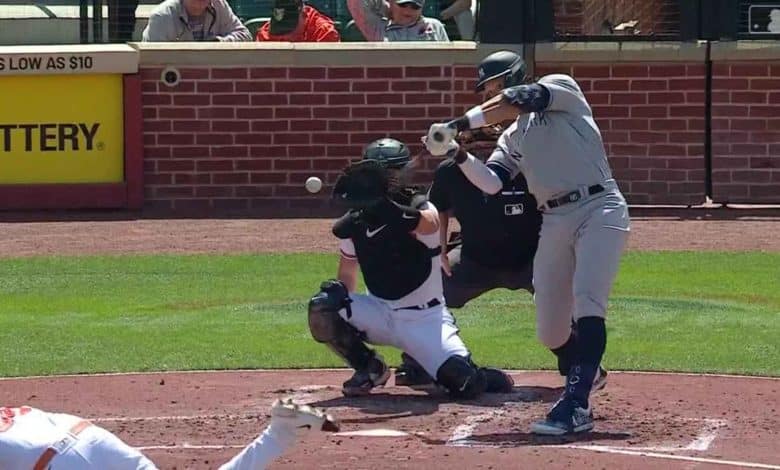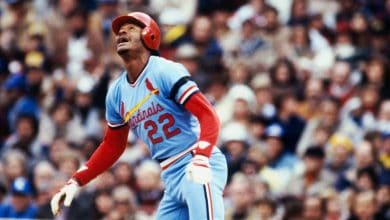
We knew Coors Field in Denver favored homerun hitters because of the altitude and its impact on pressure. Thanks to the results of a study initiated in 2010, we now know that climate change has an impact on power in major league baseball.
The study published in the Bulletin of the American Meteorological Society by researchers from Dartmouth College and of which La Presse obtained a copy, mentions that hot air offers less resistance to materials and that consequently the bullets travel better and with more power.
The researchers sampled more than 100,000 baseball games and more than 200,000 batted balls to arrive at their findings. The scientists considered weather conditions and stadiums to flesh out their findings.
Thus, hitters who play in a stadium such as Wrigley Field in Chicago have been more impacted because most games are played there during the day, when the heat is more intense. Conversely, Tropicana Field in Tampa Bay, the only permanently covered stadium still in existence in major league baseball, is the stage of least power related to warming temperatures because the climate there is controlled.
The influence is not huge, but sometimes a few meters or even centimeters can make all the difference between a caught ball and a home run.
According to the study, each additional degree Celsius would add a 1.8% chance of the ball going through the fence.
But think again: the heat is not the main factor that causes the ball to end up out of bounds more often. The angle at which batters make contact with the ball, the strength of the athletes, the design of the ball and the size of the seams are more important elements that explain the increase in power in baseball over the past few decades.
Of course, pitchers who throw harder and harder also add to the fact that when the batter manages to make contact with the ball, the result is shattering.
Some stadiums, by their layout, continue to favor batting power. The wind factor also comes into play during certain matches.
In short, climate change partly influences the distance balls are hit and this is only the beginning as since 2010 researchers have estimated that 500 balls have resulted in a home run due to heat. It is therefore to be expected that this influence will grow over time.
According to their estimates and based on predictions related to global warming, 192 additional home runs would be hit per year by 2050 and 467 by 2100.
Even though Major League Baseball’s leaders are making efforts to make the ball less alive by influencing its manufacture, the fate of the planet belongs more to the collective of humans who inhabit it and who can take care of it by having an influence on the changes climatic.












